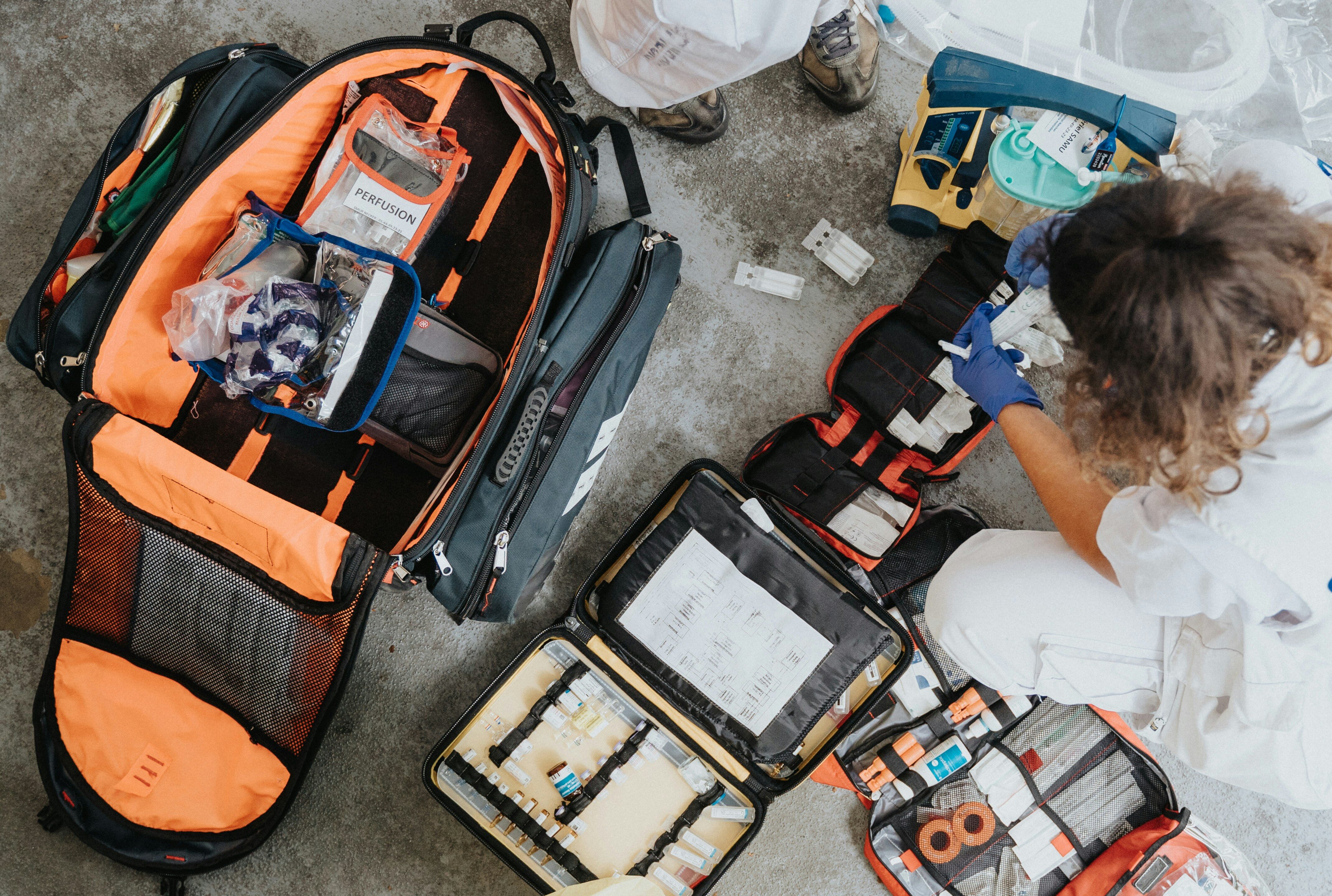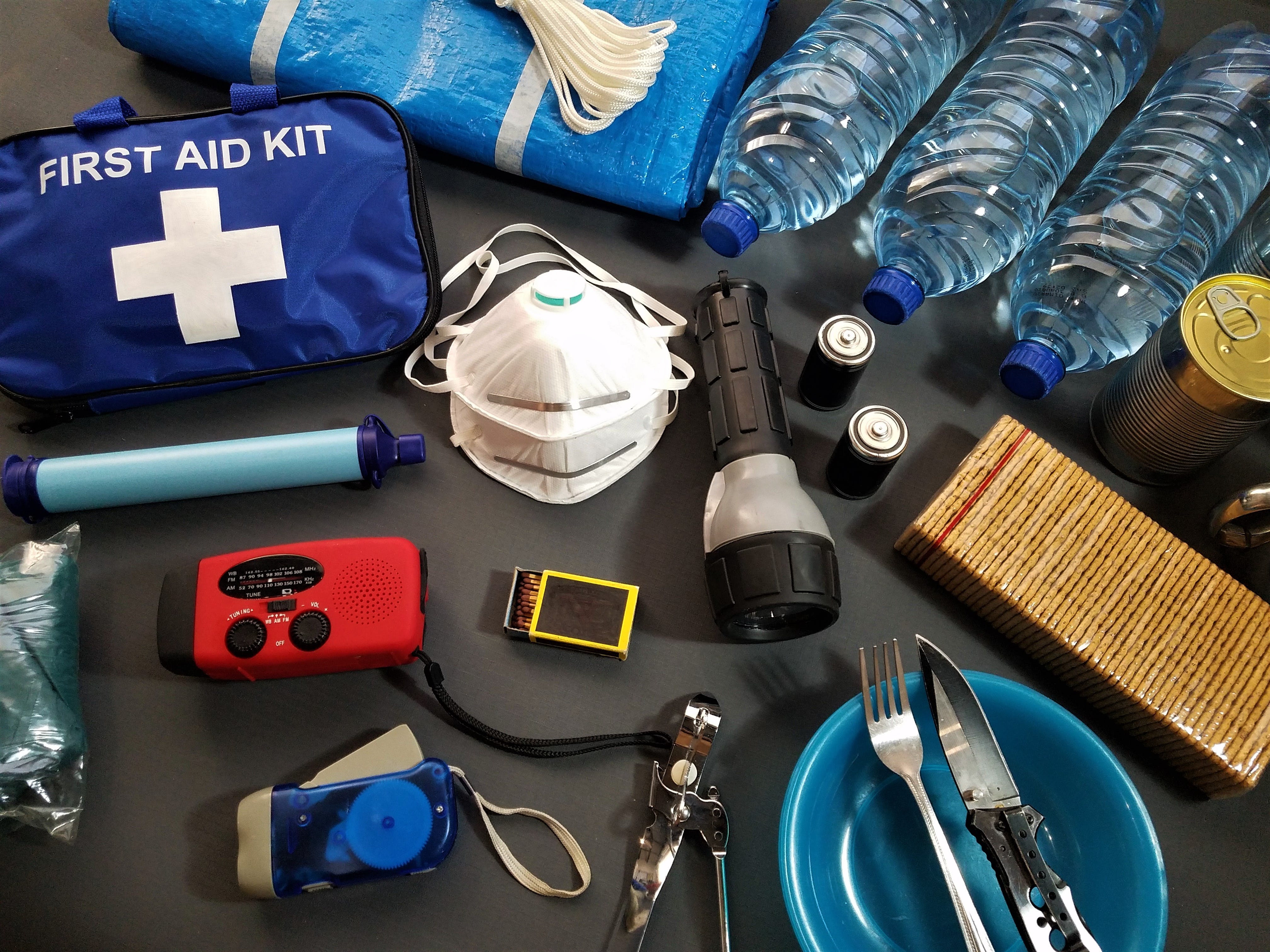
More and more, unpredictable weather and weather-related emergencies are becoming a very real risk for all of us. California’s dry season brings a looming threat of wildfires every year, and lately, we have been experiencing atmospheric rivers in Los Angeles. I am grateful to live in a place where flooding is not an issue, but my heart goes out to many of my friends and clients who have had to deal with flooding, mudslides, and other aftereffects of the recent rains. In the face of these unpredictable weather challenges, emergency preparedness has become more important than ever.
The reality of climate change and evolving weather patterns hit home for me when I took a recent trip to visit my parents in Florida. I visit during the same week every year, and I was excited to celebrate my dad’s 89th birthday with him this year. The weather was less than ideal when I left Los Angeles, but I was surprised to learn that an impending storm was on its way in Florida, too. Worried that I would not be able to return to work in Los Angeles on time, I made the difficult decision to cut my trip short and come back early. Winter is not usually a rainy season in Florida, so this change of plans was unexpected and disappointing, to say the least. I was glad to have made it home safely, but it got me thinking about how I could be better prepared for the unexpected in my own home.

To help you prepare your home and stay safe during emergencies, I’m sharing 3 of my best tips below:

1. Protect Important Documents
Have you ever thought about what you would do if any of your important documents got wet? In the event of an emergency, you most likely will not have time to hunt through folders in a file drawer or carry multiple boxes with you. If you can’t “grab and go” at a moment’s notice, it is time to rethink how you are storing your documents.
The best solution is to create a survival flash drive with digital copies of important documents. Be sure that it includes the following information for each family member:
- Emergency contact information
- Current photos of each family member and pet
- Government-issued documents (Driver’s License/ID, passport, birth certificate, marriage certificate, Social Security card, work permit, immigration papers, etc.)
- Medical and vaccination records
- Insurance (health, home, and auto)
- Bank accounts
- Credit card accounts
- Real estate/mortgage details
- Business records
- Divorce/custody papers
- Wills
- Power of attorney
The flash drive should be stored somewhere safe, where you can access it easily, like a water- and fire-proof safe or on your key ring. It’s a good idea to keep an extra copy of it outside of your home, too, such as in the glove box of your car. This will help you ensure that you still have access to your most important documents, even if you can’t reach your home. You can encrypt the flash drive or require a password to access the files for extra security.
As information on the documents changes, be sure to keep the files on the flash drive up-to-date. Making sure that your affairs are in order will help you stay calm in an emergency that is not life-threatening, and it will guide your loved ones in critical situations.
2. Take Precautions at Home
Don’t forget to protect yourself and your belongings, too! You can take other precautions at home to prevent injury and damage during an emergency.
These precautions vary depending on the risks where you live. Here in California, it’s essential to pay attention to safety measures for earthquakes. If your home has gas appliances, try to use flexible gas lines or install an automatic shut-off valve to prevent potential gas leaks. Avoid hanging heavy objects over beds, or make sure that they are securely attached to the wall. Breakable items should be stored in low, closed cabinets. You can use safety latches for another layer of protection. I also recommend keeping pathways clear of clutter and windows unobstructed, so that you can exit quickly if needed.

3. Build an Emergency Kit
Another way to be proactive about safety is by making sure that you have emergency kits at home. You can purchase them online or assemble your own. If you purchase them, I recommend this survival backpack kit or this complete survival kit.
If you prefer to build your own kits, it’s a good idea to include these essential items:
- Non-perishable food (check the expiration dates regularly)
- A can opener
- Water
- First aid supplies
- Medications you need
- Pet and/or baby supplies (if this applies to you)
- Hard-bottomed shoes
- A thermal blanket
- A flashlight
- A whistle
- A mask (preferably N95)
- Extra clothing
- Dollar bills in small denominations (in case an emergency prevents you from accessing your bank account)
Kits should be stored in multiple places where you might need them, including under your bed or nightstand, by the front door, and in your car. This way, you will have access to a kit no matter where you are.
Emergency preparedness is key to weathering the storm, as we continue to see weather patterns change around the world. If you need help creating an emergency kit or clearing clutter for exit pathways, give us a call at 310-904-9720. We would be happy to help you prepare for the unexpected so that you can minimize uncertainty during emergencies and live your life without worry.
Note: The above products are affiliate links. As an Amazon Associate, I earn from qualifying purchases. I only share quality products that I know are effective, and there is no additional cost to you!
